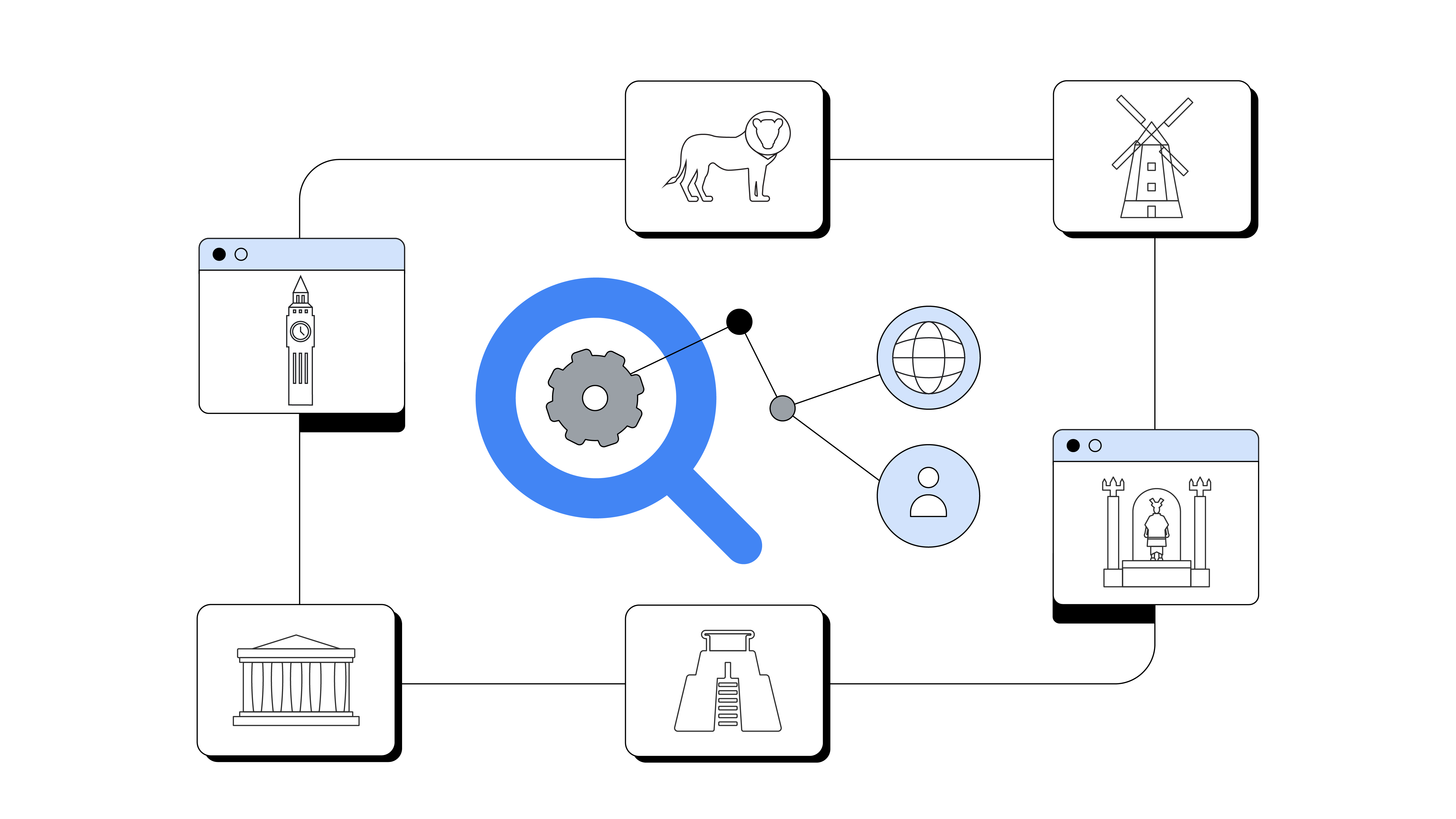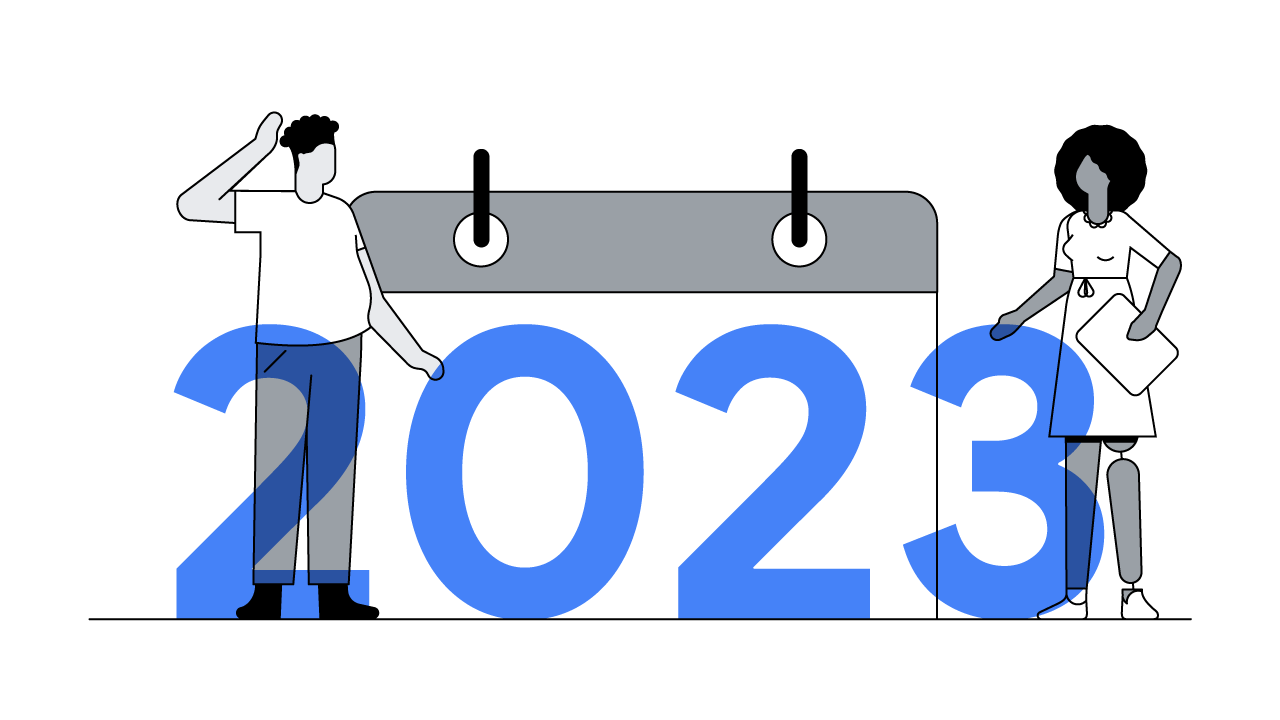Nikki Garvey is the head of ads and YouTube events and experiences at Google. Here she shares how event marketing teams at Google are reevaluating in this unique moment amid a global pandemic.
With the passing of each day, more and more events — business-related or otherwise — are being canceled or postponed. In this changing market, a question we hear increasingly from our customers and partners around the world is, “How can we do digital events?”
Even within our own marketing team at Google, it’s a question we’re digging into as we evaluate our approach to key industry moments, conferences, and client gatherings.
Business as usual is suddenly anything but. And events marketing teams everywhere are being forced to rethink everything. “Digital events” seems like an easy answer as a go-to remedy for our current shared reality, but that doesn’t always mean it’s the right answer.
Here are three things our teams are weighing as we rethink event marketing plans.
Just because you can do a digital event doesn’t always mean you should.
1. Revisit your brief. Not every event will translate well to a virtual one
Just because you can do a digital event doesn’t always mean you should. It all comes back to the original goals of the event, and writing a new brief will recenter your team on the core objective. If the goal of the event was to deliver new content or make announcements, a live stream or video on demand may make sense. However, consider how that content is now being consumed, and be sure the length and format of the content feels right for your audience. If the goal of the event was more for relationship-building, a one-way online event may not serve those purposes as well.
Think about your goals and consider alternatives. You may find that your efforts are better served with a different approach.
2. Beware live stream overload during digital events
“Let’s do a live stream,” is a phrase that’s uttered a lot lately, and I’m sure that’s true even beyond the walls of Google. Live streams have rightfully earned their place as a way to scale the reach of an in-person gathering. But just because you decide to do an event digitally, doesn’t mean you have to do it live. Especially in a world where people are increasingly working remotely, often with children, pets, and loved ones nearby. Distractions are the new normal.
Consider if your online event is really going to entice viewing by appointment. If there’s a real reason for people to tune in for that exact moment (think: major product announcements or timely updates where everyone hearing it at once is critical), maybe live is the way to go. But creating more digestible video on demand may be an alternative worth considering, as it gives people the opportunity to watch when it’s convenient for them.
Remember you likely won’t have an audience present when you’re recording. Live streams are usually captured in front of a live audience where speakers are delivering content to a room full of people. Don’t underestimate the energy the audience brings to a live stream. Even late-night talk shows use studio audiences to amp up the energy, and, as many of them record without live audiences in this moment, they’re pivoting their usual approach accordingly. You may find that video on demand content that delivers directly to the camera is a better fit.
Take stock of the content you intended to deliver at your event, and think about how you can bring it to life via other channels and formats.
3. Take advantage of other content delivery avenues
Just because an event has been planned doesn’t mean it has to transition to an online event. Especially because the production elements that make for a well-done event — like lighting, sound, and staging — can be difficult, or even impossible, to pull off virtually.
Take stock of the content you intended to deliver at your event, and think about how you can bring it to life via other channels and formats. Don’t overlook your brand’s owned channels: your website, email marketing channels, blogs, and social handles. For instance, one of our teams is considering taking content that would have been delivered on stage and is, instead, exploring animated or text-based video production that can be scaled via our content marketing channels.
The future of events marketing
Certainly these times will provide lessons about the efficiency of remote work and may make us reevaluate the number of times we hop on an airplane or train for a professional gathering once we’re able. And that’s a good thing. But I believe in-person events will eventually return to stay, even if in a slightly different capacity. After working from home for just a short while now (especially in comparison to my colleagues in the APAC region), I’m sensing that in-person events will be more important than ever once the world is able to move more freely again.
At their core, professional events are shared experiences. They remind us that we’re humans bringing our unique personalities, talents, and relationships to work with us to build businesses every day. But until we can reinstate them, I’m excited to see how we rethink them for our current times.
If you decide to move forward with a digital event, this guide to hosting virtual events on YouTube may help.






